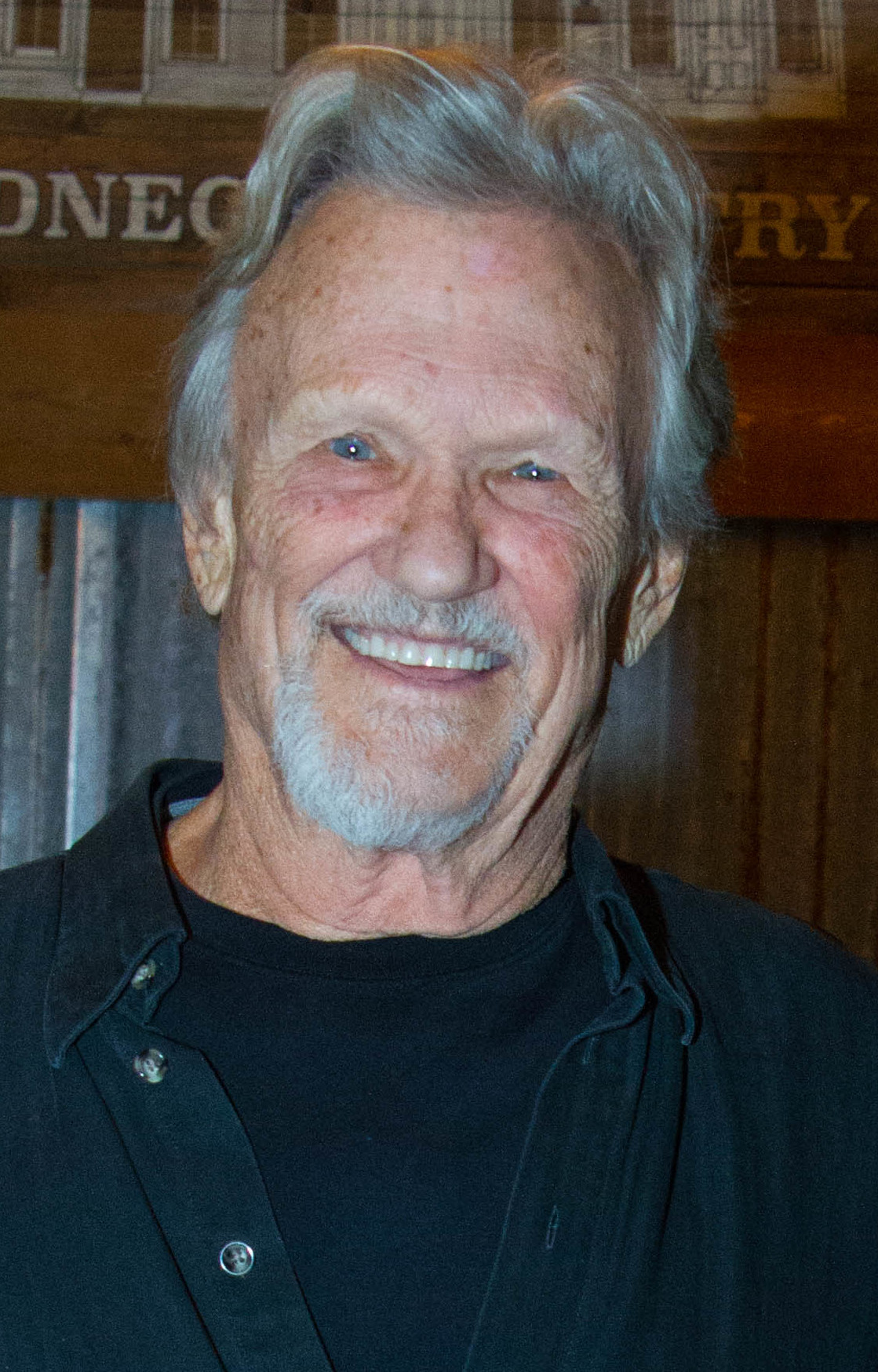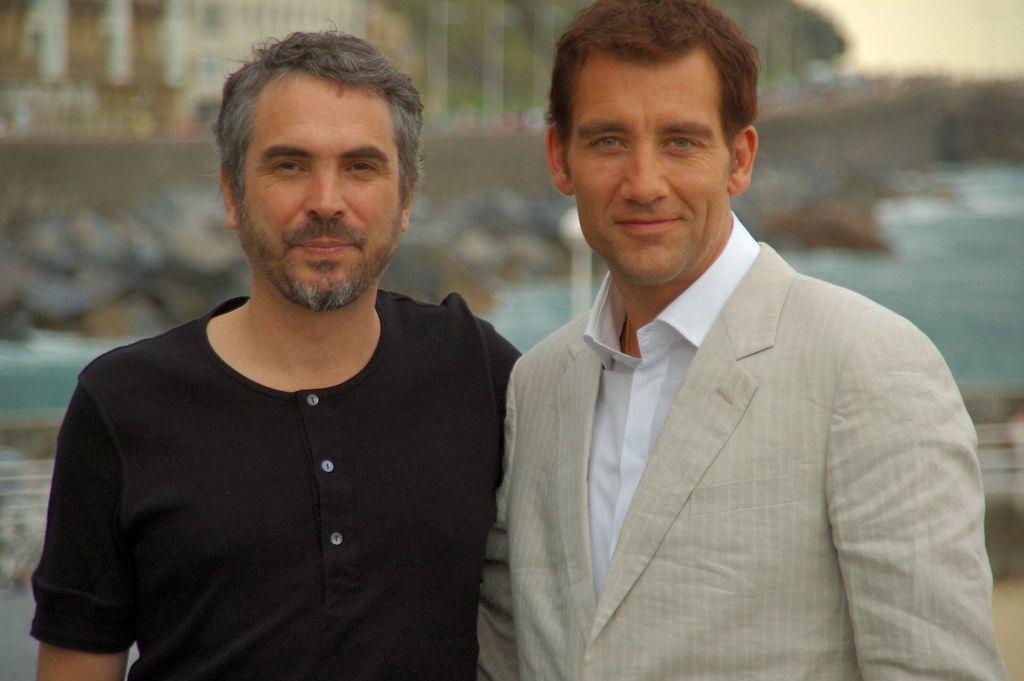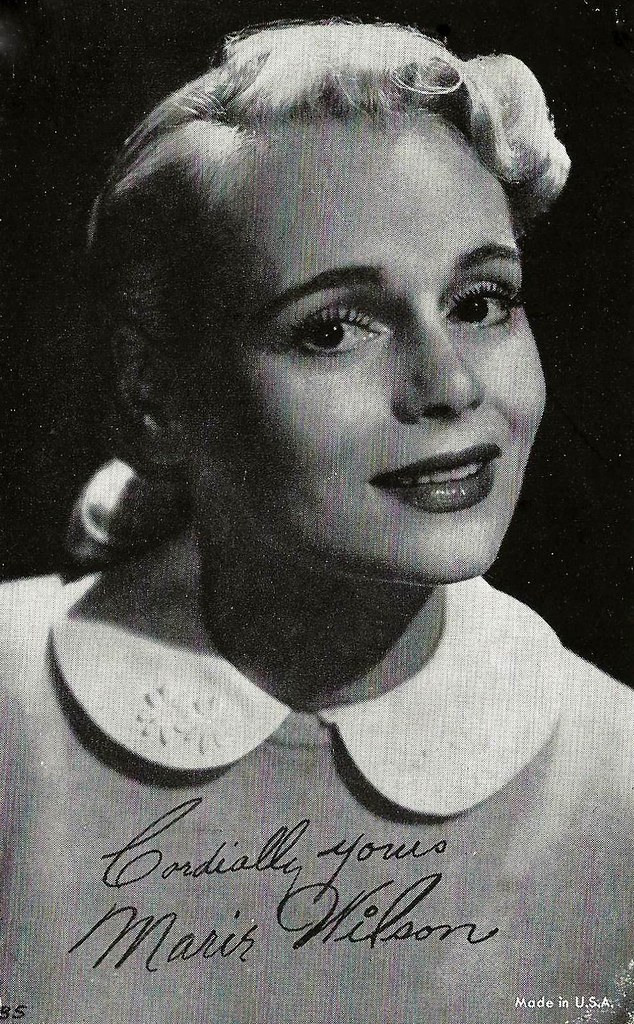
The 1960s. What a decade it was — a vibrant tapestry of cultural shifts, groundbreaking fashion, and, of course, cinematic magic that truly captured the zeitgeist. We often recall the era through the lens of its most celebrated icons, the household names that graced movie marquees and television screens, cementing their places in Hollywood lore. But what about the brilliant women who contributed so much, whose talent shone brightly, yet whose legacies, for various reasons, have faded into the background?
It’s time to pull back the curtain and shed some much-needed light on these captivating actresses, women who brought unique charm, undeniable skill, and profound depth to every role they inhabited. They illuminated the silver screen with performances that deserved lasting recognition, embodying the spirit of an era while navigating the often-treacherous waters of fame and expectation. Many of their faces are instantly recognizable, yet their names, unfairly, often elude us.
Today, we’re embarking on a journey of rediscovery, a heartfelt re-examination of these extraordinary talents. We’ll explore their remarkable contributions, celebrate their distinctive styles, and consider the cultural currents that, perhaps inadvertently, kept them from achieving the enduring icon status they so richly deserved. Join us as we shine a deserving spotlight on these forgotten gems of 1960s cinema.
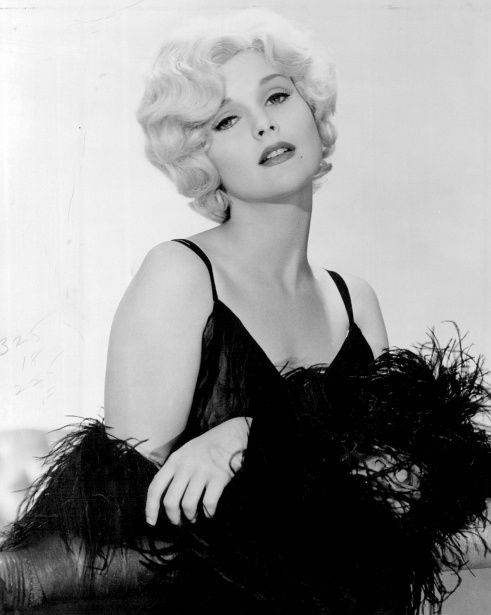
1. **Carol Lynley: The Ethereal Beauty with Undeniable Depth**Carol Lynley, with her ethereal beauty and captivating presence, brought a distinct touch of mystery to nearly every role she graced. While many recognize her from iconic films such as “The Poseidon Adventure,” her talent extended far beyond her striking looks. Her performances consistently carried a depth that hinted at untold stories simmering beneath the surface, captivating audiences with an understated power.
What made Lynley so enigmatic was her remarkable ability to infuse vulnerability with an underlying strength. This unusual combination created characters that felt incredibly real and deeply endeared her to viewers. Whether portraying a damsel in distress or a woman of quiet resilience, Lynley’s on-screen aura was nothing short of mesmerizing, leaving a lasting impression long after the credits rolled.
Despite her considerable talents and a career spanning over 100 film and television appearances, Lynley’s path to enduring stardom was complex. The “girl next door” tag, while endearing, often boxed her in, making it difficult for her to secure the weightier, more dramatic roles she was undoubtedly capable of. As the years progressed, these opportunities simply stopped coming, a poignant testament to how Hollywood often struggled to see beyond a particular image.
Read more about: Catching Up With 6 Forgotten 1960s Starlets Who Absolutely Captivated Audiences
2. **Paula Prentiss: The Effortless Comedy Queen**With a flair for comedy that was both refreshing and utterly infectious, Paula Prentiss carved out a truly unique niche for herself in the comedy genre of the 1960s. Her impeccable timing and charismatic energy made her an absolute standout in films like “Where the Boys Are” and, later, “The Stepford Wives.” Prentiss possessed a natural knack for bringing humor to the forefront, a talent that remains an absolute delight to watch even today.
Much of Prentiss’s enduring charm lay in her ability to make comedy seem entirely effortless. Her delightful performances were a testament to a skill so innate, it often felt like she was simply being herself on screen. In an era where comedic performances could sometimes feel forced, Prentiss was a breath of fresh air, making audiences laugh with just a subtle raise of an eyebrow or a perfectly delivered line.
Despite her critical acclaim and her ability to light up films with her tall stature and expressive delivery, Prentiss rarely found herself in headline roles. Hollywood frequently relegated her to sidekick status, never truly showcasing the full extent of her leading lady potential. Tragically, a breakdown in the late 1960s further halted her momentum entirely, leaving us to wonder what more she could have achieved had circumstances been different.
Read more about: Catching Up With 6 Forgotten 1960s Starlets Who Absolutely Captivated Audiences
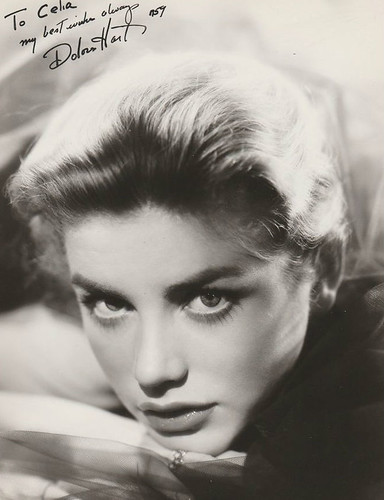
3. **Dolores Hart: The Versatile Talent Who Chose a Different Path**Dolores Hart was more than just an actress; she was a force of nature on screen, showcasing an impressive and versatile range across various roles. From captivating romantic leads to powerful dramatic heroines, Hart demonstrated an authenticity and grace that set her apart. She was even dubbed “the next Grace Kelly,” a testament to her early promise and the buzz surrounding her career.
What makes Hart’s story so uniquely intriguing is her decision to leave Hollywood at the absolute height of her career, at just 24 years old, to become a Benedictine nun. This choice shocked the industry, creating one of cinema’s most dramatic career pivots. She famously starred opposite Elvis and other major names, building serious momentum in Hollywood’s elite circles, only to trade potential superstardom for spiritual devotion.
Hart’s versatility on screen was profoundly mirrored by her extraordinary off-screen journey. She navigated the complex demands of fame and faith, ultimately leaving behind a legacy that transcends her filmography. Her ability to portray such a wide array of characters with such conviction is a lasting testament to her enduring talent and her uniquely courageous life path, one that continues to fascinate and inspire.
Read more about: Beyond the Spotlight: 14 Unforgettable 1960s Actors Who Shined Brightly Then Seemingly Vanished
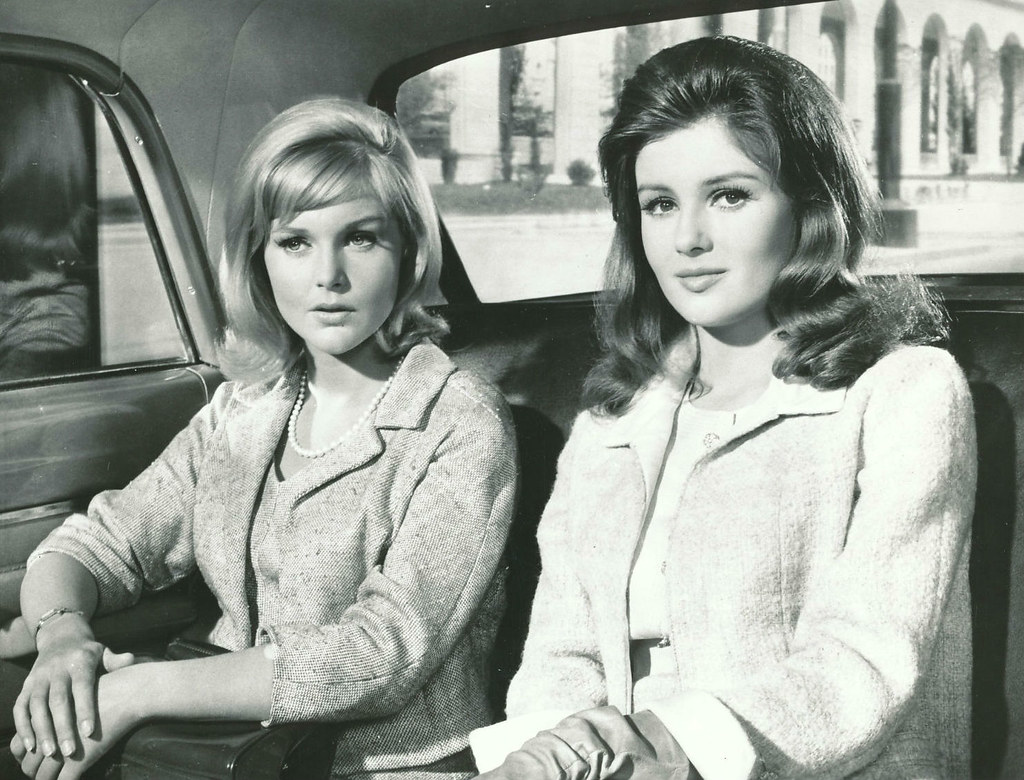
4. **Pamela Tiffin: The Stylish Icon with Unseen Potential**Pamela Tiffin epitomized the 1960s style icon, instantly recognizable for her impeccable fashion and striking features. Her captivating roles in films such as “One, Two, Three” and “The Pleasure Seekers” deftly showcased her innate flair for both comedy and drama. Tiffin’s screen presence was as captivating and elegant as her off-screen persona, marking her as a true trendsetter of the era.
Her ability to switch between genres spoke volumes about her genuine versatility as an actress. Beyond her fashion-forward looks, which undoubtedly made her a style trailblazer, Tiffin possessed a charisma that continues to inspire. Her performances were a visual treat, beautifully blending her natural beauty with an undeniable and often scene-stealing talent.
Despite her remarkable talents, including her fluency in multiple languages which could have been a significant asset, studios frequently cast Tiffin primarily for her visual appeal. This often limited the depth of roles offered to her in Hollywood. Eventually, she made the significant decision to move to Italy, where she found deeper and more varied roles, ultimately retiring earlier than many stars destined for legendary status. Her story highlights a common challenge faced by women in the industry.

5. **Lesley Ann Warren: The Musical Marvel Who Enchanted Audiences**Lesley Ann Warren danced and sang her way into audiences’ hearts, showcasing an undeniable musical talent that made her an immediate standout. From her enchanting roles in “Cinderella” to her later work in “Victor/Victoria,” Warren’s combined singing and acting prowess established her as a truly exceptional performer. Her unique ability to convey profound emotion through song added incredible depth to her characters, endearing her to fans across the globe.
Warren’s performances were consistently a harmonious blend of music and compelling storytelling. She possessed a rare gift for captivating audiences, making every scene she was in feel magical and vibrant. It was her distinctive knack for weaving narrative with melody that truly cemented her place as a beloved figure in musical cinema.
Her legacy as a musical marvel remains undiminished, continuing to inspire new generations of performers who aspire to such integrated artistry. With each note she sang and every role she embodied, Warren brought a unique kind of magic to the silver screen, leaving an indelible mark on the landscape of cinematic musicals. She proved that true talent, especially when multifaceted, can resonate for decades.
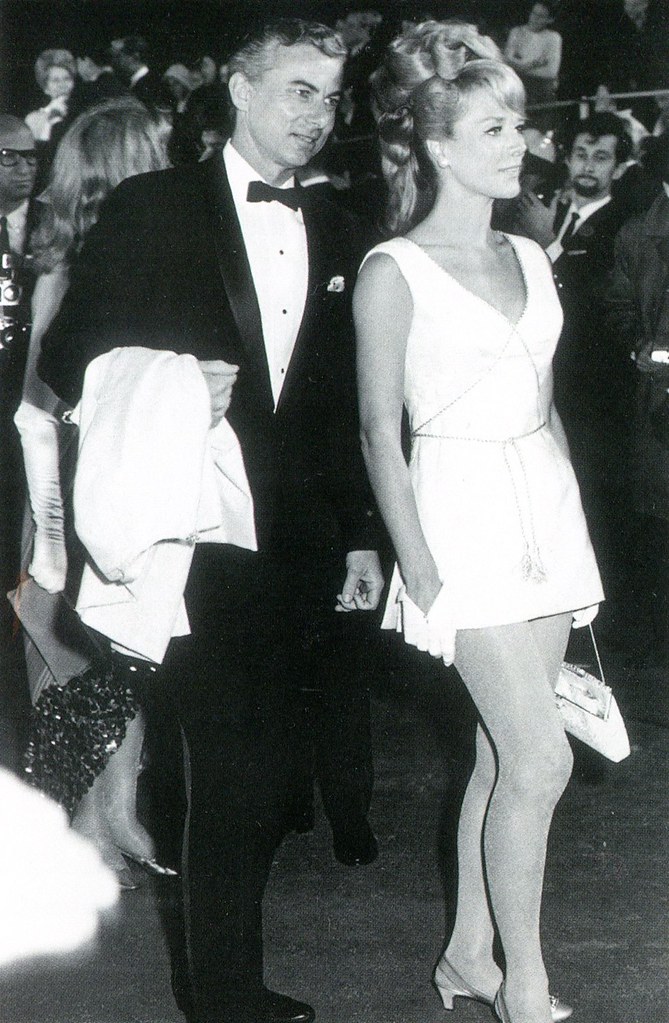
6. **Inger Stevens: The Groundbreaking Artist with Authentic Performances**Inger Stevens was a groundbreaking actress whose work challenged conventional norms, opening doors for future generations of performers. Celebrated for her impactful roles in films like “The Farmer’s Daughter” and “Hang ‘Em High,” Stevens consistently brought a remarkable level of authenticity to her performances, which resonated deeply and profoundly with audiences. She embodied her characters with a raw honesty that was ahead of its time.
Her willingness and ability to tackle complex, often challenging characters made her a genuine pioneer in her field. Stevens’s work was defined by her readiness to explore difficult and nuanced themes, thereby paving the way for more sophisticated and layered storytelling in cinema. She wasn’t afraid to push boundaries, a quality that is still admired today.
Stevens had a real, undeniable presence on screen, as demonstrated in films like “The World, the Flesh and the Devil,” yet her career never truly took off in the way her talent suggested it should have. Tragically, in 1970, news broke of her death at just 35, officially ruled an accidental overdose, though whispers have always hinted at something more heartbreaking. Her untimely passing left a void, and her legacy as an actress who pushed boundaries remains a testament to her courage and talent.
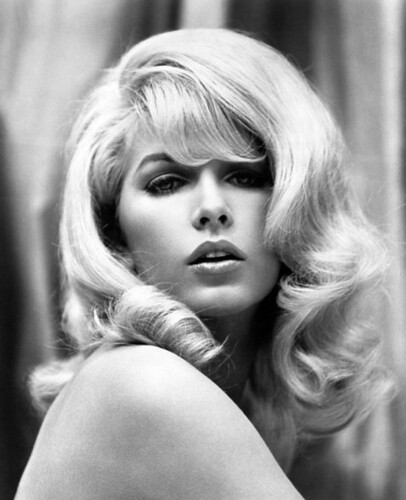
7. **Stella Stevens: The Cinematic Chameleon of the 1960s**Stella Stevens was a cinematic chameleon, an actress who effortlessly transitioned between vastly different genres and roles with remarkable ease. From her memorable comedic turns in films like “The Nutty Professor” to her compelling dramatic performances in works such as “The Ballad of Cable Hogue,” Stevens showcased an impressive and versatile range that consistently captivated audiences. She was a joy to watch, no matter the character.
Her exceptional ability to adapt to a wide array of characters and genres made her a beloved figure within Hollywood during her active years. Stevens’s performances were always imbued with a certain distinctive charm and an authenticity that made her stand out, even in an era absolutely overflowing with talent. She had a way of making every role, big or small, uniquely her own.
Stevens’s contributions to both film and television remain a delightful testament to her incredible versatility as an actress. She had a magnetic quality on screen, a blend of beauty, humor, and dramatic chops that should have solidified her as a household name for decades. Her work is a rich tapestry that deserves continued appreciation, proving that some stars shine brightest through their diverse and unforgettable portrayals.

8. **Sue Lyon: The Enigmatic Icon Trapped by Stardom**Sue Lyon’s cinematic journey began with a bang, a meteoric rise propelled by her controversial and unforgettable titular role in Stanley Kubrick’s “Lolita” in 1962. Handpicked by Kubrick at just 14 years old, this unknown actress was thrust into immediate global fame, her image instantly plastered across screens and headlines. It was a breakout that made her famous overnight, a moment that promised an expansive and luminous career.
Yet, this very notoriety, coupled with the unusual and complex nature of her breakthrough role, created an unforeseen paradox. The media’s intense fixation on her image, rather than her burgeoning talent, inadvertently limited her conventional career options within Hollywood’s often-rigid, image-conscious system. Her ethereal presence and captivating performances, which allowed her to convey complexity and depth far beyond her years, should have been her greatest assets.
Lyon possessed a unique ability to infuse her characters with an air of mystery, leaving audiences pondering long after the credits rolled. She was an actress who could intrigue and captivate, making her a truly memorable figure in 1960s cinema. However, the shadow of “Lolita” was long, and the typecasting that followed made it difficult for her to secure the diverse and meaningful roles that could have showcased her versatility.
Despite winning a Golden Globe early in her career, the significant roles that should have naturally followed often eluded her. Interest in her screen presence, unfortunately, waned over time, as Hollywood struggled to see beyond the initial sensation. Her story is a poignant illustration of how one iconic performance, while making a star, can sometimes trap rather than liberate a young performer, forcing a premature retirement from acting at just 34.
Read more about: Catching Up With 6 Forgotten 1960s Starlets Who Absolutely Captivated Audiences

9. **Tina Louise: More Than Just a Castaway**For many, Tina Louise is instantly recognizable as the glamorous Ginger Grant from the beloved sitcom “Gilligan’s Island.” Her portrayal of the movie star marooned on a desert isle cemented her place in television history, but to simply define her by this role would be to overlook a multifaceted talent that extended far beyond the small screen. Louise possessed a magnetic presence and undeniable charisma that captured hearts in various film roles throughout the 1960s.
Before becoming a comedic figure in a legendary sitcom, Louise had already begun to build a serious film resume. Her early work included significant dramatic performances in films such as “God’s Little Acre” in 1958 and “The Hangman” in 1959. These roles showcased a depth and intensity that hinted at a diverse acting range, allowing her to portray characters with a blend of elegance and allure.
However, the immense popularity of “Gilligan’s Island” became both a blessing and a curse. While it brought her widespread fame, studios struggled to see beyond the comedic persona of Ginger Grant, often typecasting her into similar roles. Despite Louise’s conscious efforts to distance herself from the sitcom’s indelible image, its shadow persisted, limiting the dramatic opportunities she truly sought and deserved.
Her ability to command the screen with her charm and poise made her a beloved leading lady in a different context, yet Hollywood’s narrow vision often prevented her from fully exploring this potential. Tina Louise’s contributions to film and television have left a lasting impact, proving that true talent, even when boxed in by an iconic role, can still make her a timeless figure, urging us to look beyond the surface.
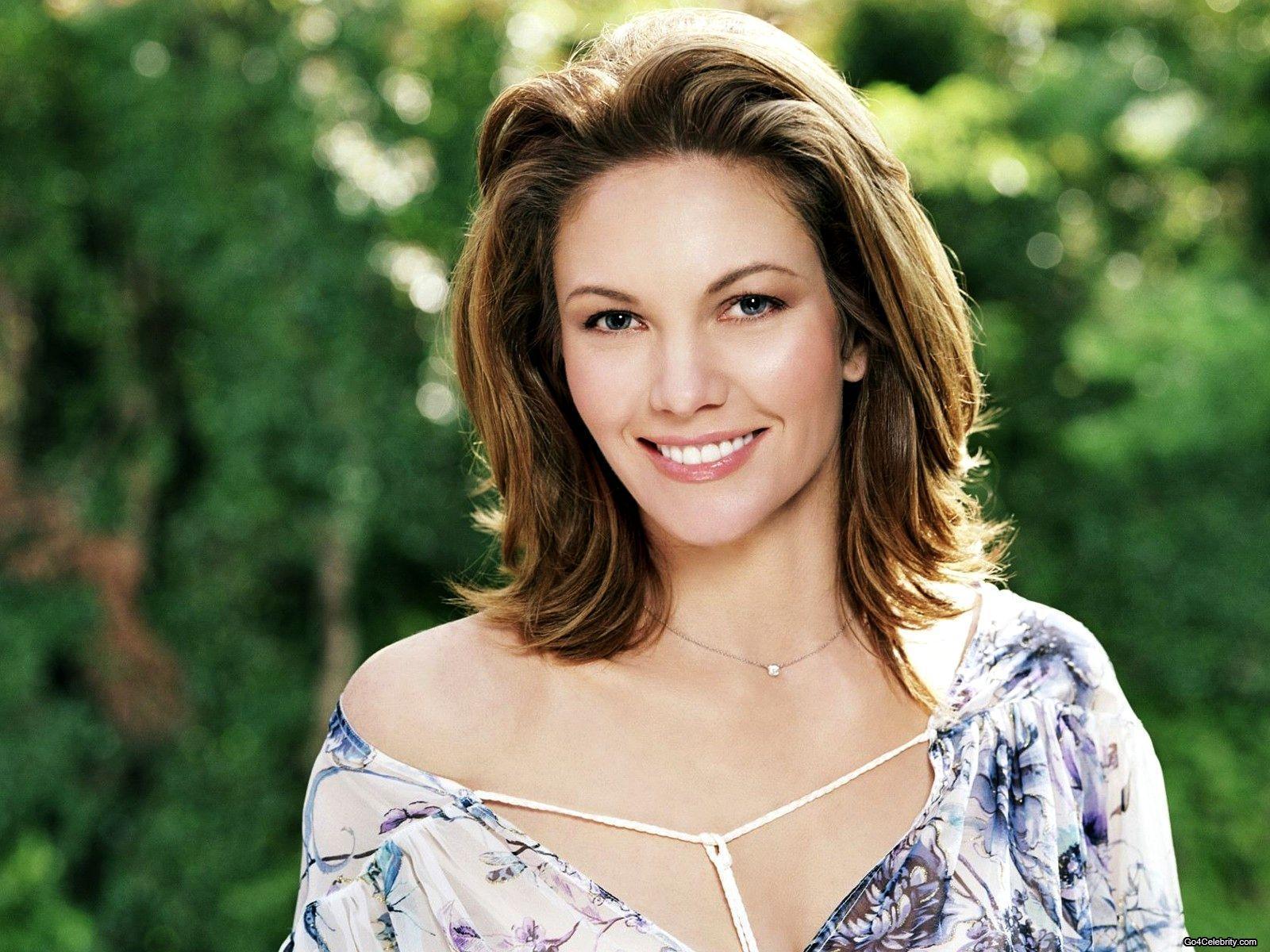
10. **Diane McBain: The Quintessential ’60s Blonde Awaiting Her Breakthrough**Diane McBain arrived in Hollywood as a quintessential representation of the 1960s blonde, swiftly becoming a notable Warner Bros. contract player. With her classic looks and effortless glamour, she epitomized an aesthetic ideal that studios traditionally groomed for major stardom. Her regular appearances on popular shows like “Surfside 6,” along with various other studio productions, quickly made her a familiar face on screens across America.
McBain received substantial promotional support from Warner Bros., a clear indication that the studio saw significant potential in her. She possessed the kind of captivating beauty and screen presence that typically launched long-term, iconic careers during this era. The industry was poised to elevate actresses who embodied her particular brand of sophisticated allure, and she seemed perfectly positioned to ride that wave.
Despite this strong foundational support and her undeniable visual appeal, McBain’s career trajectory diverged from the path of lasting stardom. While she remained a consistent and memorable presence, her roles often leaned towards supporting characters rather than leading ones. She was an actress who, despite possessing all the attributes of a major star, ultimately remained within the confines of being a recognizable, beloved figure who beautifully represented her decade’s aesthetic, but whose name didn’t quite achieve the household status her talent and looks warranted.
Her journey illuminates how even with the “right look” and significant studio backing, the unpredictable currents of Hollywood can steer a promising career into a different, more understated direction. Diane McBain’s work serves as a delightful reminder of the many talented actresses who graced the screen, leaving a mark without necessarily becoming a global legend, their contributions nonetheless invaluable.
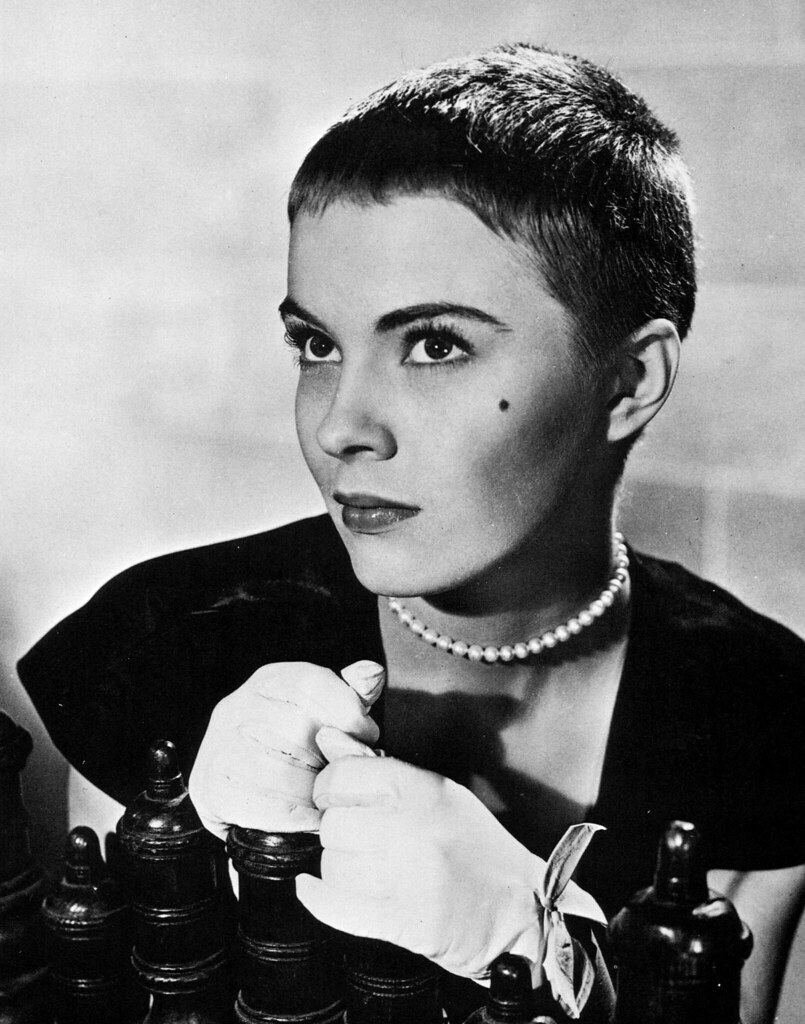
11. **Jean Seberg: The Free Spirit Silenced by Systemic Forces**Jean Seberg burst onto the international cinema scene as an undeniable icon of the French New Wave, her breakout role in Jean-Luc Godard’s “Breathless” in 1960 cementing her status. With her distinctive pixie cut and effortless cool, she became a symbol of a rebellious, avant-garde cinematic movement. Her performances were imbued with a raw honesty and unconventional charm that captivated critics and audiences alike, signaling a unique and promising career path.
However, her journey back to American cinema was fraught with challenges, not from a lack of talent, but from insidious systemic forces. Seberg’s principled support for the Black Panthers, a stance rooted in her beliefs, drew the unwanted and intense attention of the FBI. This surveillance, tragically, led to brutal and unfounded media attacks that unfairly targeted her character and patriotism.
In the harrowing fallout of these coordinated assaults, Hollywood’s interest in her waned dramatically. Studios, fearing controversy and potential backlash, quietly and incrementally distanced themselves from the actress, effectively sidelining a brilliant talent. This wasn’t a case of artistic decline but a heartbreaking example of how political scrutiny and societal pressures could, and did, derail a thriving career, leaving a profound void in American cinema.
Seberg’s story remains a stark reminder of the devastating personal and professional cost when an artist’s political convictions clash with institutional power. Her legacy, while undeniably influential in European cinema, was tragically cut short in her homeland, painting a poignant picture of a free spirit who was, in essence, silenced, leaving us to wonder about the masterpieces she could have created had circumstances been different.
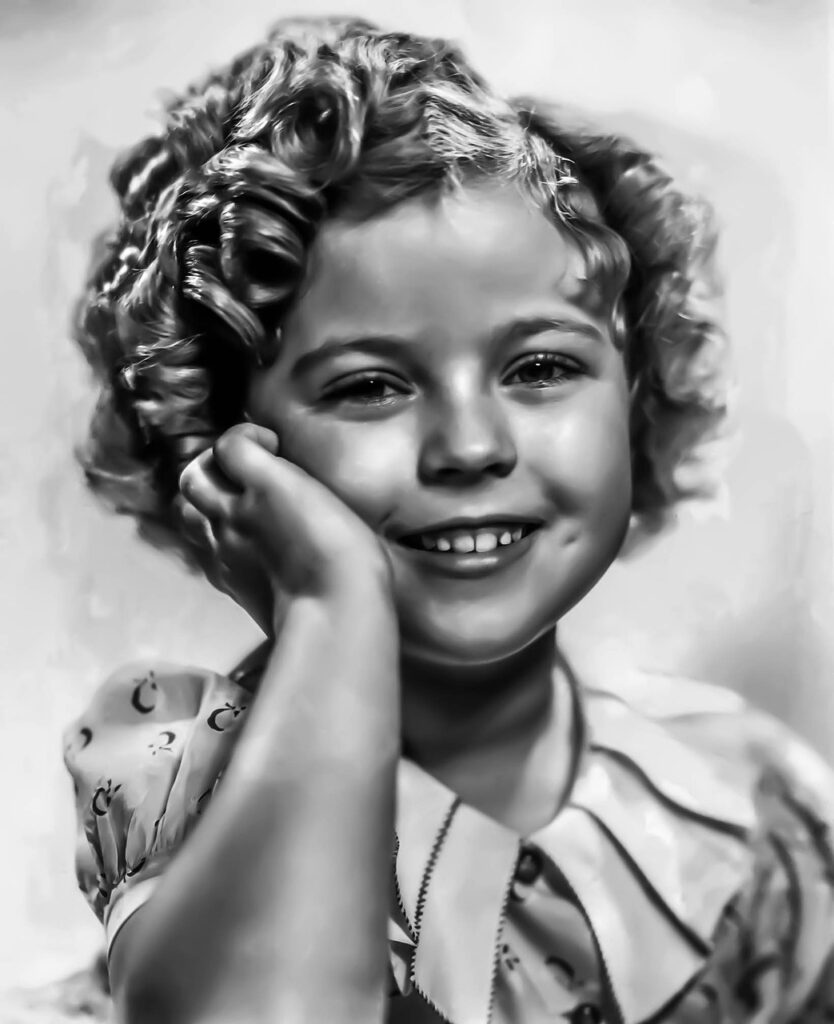
12. **Shirley Knight: The Two-Time Oscar Nominee Who Didn’t Quite Break Through**Shirley Knight was an actress of remarkable depth and honesty, someone whose screen presence felt intensely real and utterly compelling. Critics consistently saw something truly special in her, recognizing a talent that didn’t fit the mold of the conventional starlet. Her performances were layered, thoughtful, and authentic, bringing a gravitas to her roles that truly set her apart in the 1960s and beyond.
Despite her undeniable talent and critical adoration, the larger currents of Hollywood often worked against her. As studios increasingly chased flashier names and more commercially viable images, bigger and more prominent roles frequently slipped past her, often landing in the hands of actresses whose appeal was perhaps more mainstream, if less nuanced. Knight’s unique brand of intensity and integrity, while praised, didn’t always translate into the kind of leading roles that cement iconic status.
Remarkably, Knight garnered two Academy Award nominations for her work, a testament to her profound skill and impact on screen. Yet, even with such prestigious recognition, she found herself largely boxed into supporting parts, roles that, while allowing her to deliver powerful performances, never truly showcased the full extent of her leading lady potential. This pattern left many wondering what more she could have achieved had she been given the chance to consistently headline.
Her career illustrates the often-unspoken truth of an industry that, despite valuing talent, sometimes struggles to make room for those who defy easy categorization. Shirley Knight’s contributions are invaluable, a rich tapestry of nuanced portrayals that, despite the lack of major star billing, continue to resonate deeply with discerning audiences who appreciate genuine artistry.
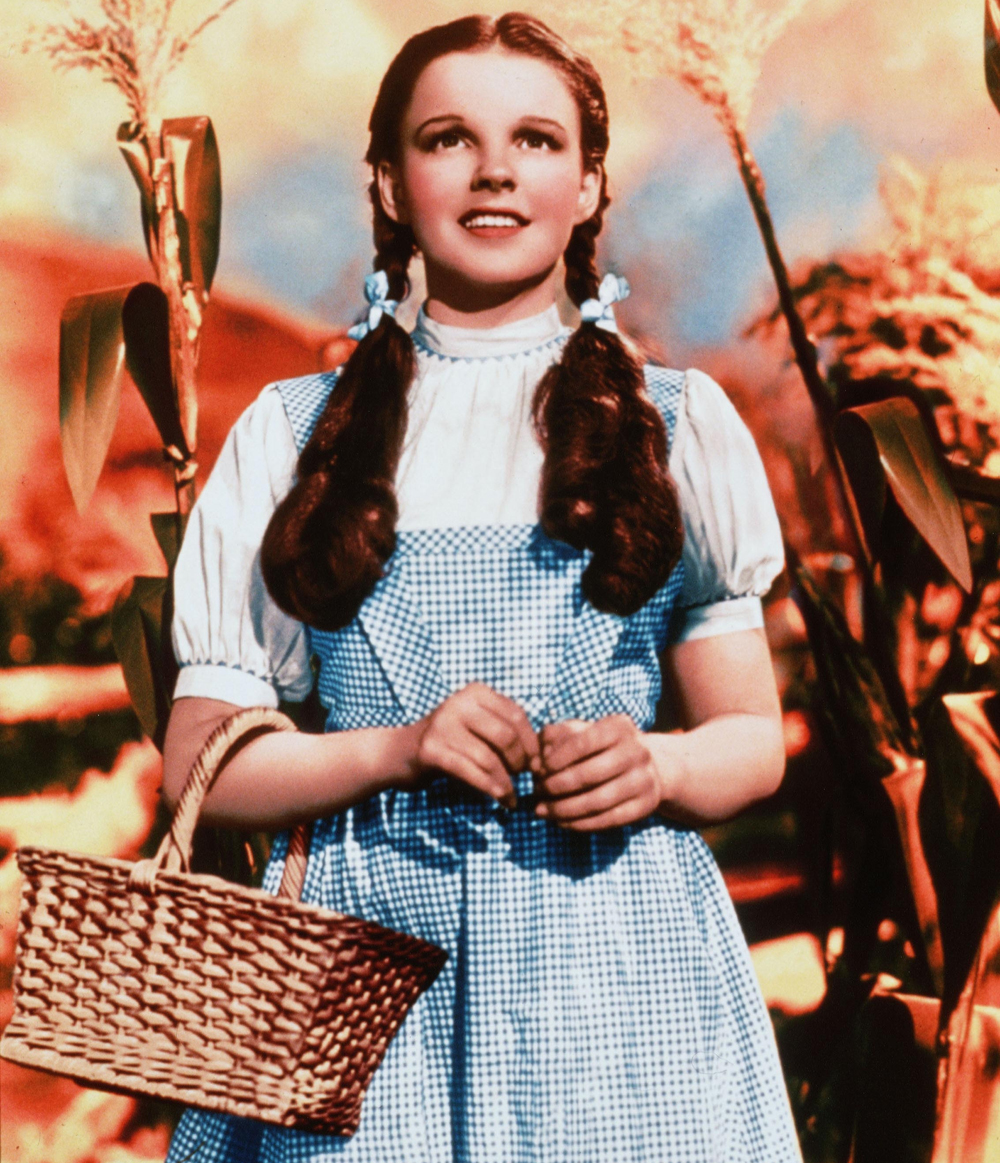
13. **Dorothy Dandridge: A Trailblazer Undermined by Systemic Injustice**Dorothy Dandridge carved a path of undeniable courage and talent, making history as the first Black woman ever nominated for a Best Actress Academy Award for her electrifying performance in “Carmen Jones.” This groundbreaking achievement should have catapulted her into a league of her own, opening doors for a new era of diverse leading roles in Hollywood. Her beauty, charisma, and immense talent were undeniable, setting the stage for what should have been a glorious career.
Tragically, Hollywood failed to follow through on the promise of her historic nomination. As the 1960s unfolded, instead of being offered roles commensurate with her talent and newfound acclaim, Dandridge found herself presented with parts that were increasingly smaller, more stereotypical, and frankly, insulting. These were roles that often relegated her to secondary, subservient positions, a cruel irony given her pioneering success.
Dandridge, with a fierce dignity and commitment to her craft, made the principled decision to turn down these demeaning offers, refusing to compromise her artistic integrity or perpetuate harmful stereotypes. She bravely held her ground, but in an industry steeped in prejudice, her refusal came at a heavy cost. The offers eventually stopped coming altogether, leaving a gaping void in her professional life.
By 1965, her once-soaring career and personal finances were in a devastating free fall, a tragic testament to the brutal realities of systemic racism within the entertainment industry. Dorothy Dandridge’s story is a heartbreaking reminder of the immense talent lost and the dreams deferred due to institutional barriers, yet her legacy as a trailblazer continues to inspire, urging us to confront and dismantle such injustices.
.jpg/1200px-Hayley_Mills_(2018).jpg)
14. **Hayley Mills: The Wholesome Icon Who Couldn’t Escape Her Image**Hayley Mills enchanted audiences worldwide as Disney’s golden child, charming her way into hearts with beloved performances in films like “Pollyanna” and “The Parent Trap.” Her radiant innocence and undeniable screen presence earned her critical acclaim and established her as one of the most successful child actors of the 1960s. Her early success was so profound that it naturally suggested a smooth, inevitable transition to adult leading-lady status, promising decades of widespread stardom.
Mills possessed a unique ability to connect with audiences, embodying a wholesome, relatable charm that was irresistible. Her performances were consistently imbued with a natural warmth and a captivating energy that made her a household name. She seemed perfectly poised for a career that would evolve gracefully alongside her, offering sophisticated and varied roles as she matured.
However, like many child stars before and after her, Mills grappled with the significant challenge of shedding her deeply ingrained wholesome image. As Hollywood’s tastes evolved and the cultural landscape shifted, her sweet, innocent persona became an unexpected barrier, making it difficult for her to secure more mature, complex roles that could showcase her growth as an actress. The industry struggled to see beyond the beloved Disney darling.
Her early success, while remarkable, ultimately promised decades of adult stardom that, unfortunately, never fully materialized in the conventional sense. Hayley Mills’s journey beautifully illustrates the delicate balance between iconic childhood fame and the often-arduous path of maintaining relevance in a rapidly changing industry, leaving her as a beloved cultural figure whose potential for adult superstardom was subtly yet significantly curtailed.
**The Echoes of Unfulfilled Promise: A Resonating Call for Rediscovery**
As we draw this journey of rediscovery to a close, the stories of these remarkable actresses echo with a powerful, persistent resonance. They remind us that the cinematic landscape of the 1960s, while vibrant and transformative, was also a complex terrain where immense talent could, for a myriad of reasons, be overlooked, typecast, or tragically sidelined. Their contributions, rich with authentic performances and pioneering spirit, demand more than just a fleeting glance; they call for a deeper appreciation and a conscious re-evaluation of what constitutes a ‘legend.’
These women navigated systemic barriers, the fickle nature of fame, and often profound personal choices, leaving behind a legacy that, though not always emblazoned in neon lights, is no less significant. Each glance at their filmographies, each re-watch of their performances, offers an opportunity to acknowledge their brilliance and understand the intricate forces that shaped their careers. Their stories are not just tales of what might have been, but vibrant testaments to resilience, artistry, and an enduring impact that continues to enrich our understanding of Hollywood’s golden, yet often challenging, era. Let’s ensure these forgotten lights shine brightly once more.

